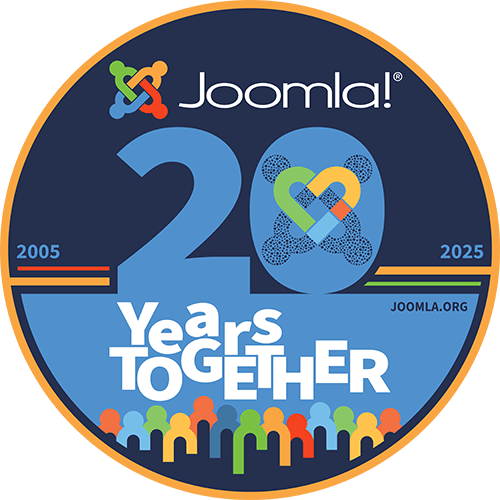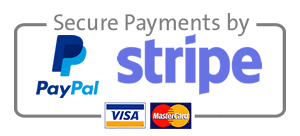Warning There will be no conflict resolution until jQuery is enabled.
Enabling jQuery will trigger several actions. By default (before enabling/modifying advanced options), the plugin will:
- look for library duplicates (jQuery, Migrate, jQuery UI or jQuery Mobile) in <script> tags,
- look for stylesheet duplicates (for jQuery UI and jQuery Mobile) in <link> tags,
- look for
no conflictscripts and declarations, - delete those scripts, stylesheets and declarations,
- replace the deleted libraries with the ones that you have selected,
- add a single
no conflictcode script, - put all scripts in the correct order, alongside all others scripts of the treated page.
| Enable jQuery |
|
 jQuery
jQuery
(learn about jQuery)
| Version |
Profiles slimversions are available. |
| Sub-version | When using versions 1.9 and over, the Google CDN asks we specify which release of that milestone is actually requested. Prior to v1.9, the latest release of each milestone is used by default. But one can still specify a sub-version. Example |
| Local path | The path to the local file when using the local version option.
Example |
| Migrate version | Use in conjunction with jQuery libraries v1.9 and over. It garanties older scripts created for jQuery remain compatible with the latest versions of the library.
|
| New Sub-version |
Starting version 3.0, you need to specify the Migrate sub-version (x)
Example |
| Migrate local path | The local path to the jQuery Migrate plugin
Example |
 jQuery UI
jQuery UI
(learn about jQuery User Interface)
| Version |
|
| Sub-version | When using versions 1.9 and over, the Google CDN asks we specify which release of that milestone is actually requested. Prior to v1.9, the latest release of each milestone is used by default. But one can still specify a sub-version. Example |
| Custom/Local path | The path to the local or custom file when using the custom/local option. The jQuery UI file can be the full blown UI library or a custom one created at the jQuery UI website. Example |
| Theme | Set the UI theme (or skin) that will be used in conjunction with the jQuery UI library. Themes are not always required.
Warning Since jQuery UI v1.10.2, the base theme is not available anymore. Use another skin or you will end up with errors on the page. It has been re-introduced in jQuery UI v1.12.0. |
| Custom/local theme path | The path to the custom or local CSS file. Get or customize skins at the Note Images are usually associated with a skin. Wherever the path of your file is, add a images/ folder containing those images.
Example |
 jQuery Mobile
jQuery Mobile
(learn about jQuery Mobile)
| Version |
|
| Local javascript path | When using the localoption, set the path to the local javascript (.js) file Example |
| Local stylesheet path | When using the localoption, set the path to the local stylesheet (.css) file Example |
| Theme | Set the mobile theme that will be used in conjunction with jQuery Mobile.
|
| Custom theme path(s) | The path to the custom skin stylesheet(s). Customize skins at the Example |
All libraries
| Protocol | Set the protocol that will be used to load the libraries.
|
| Compression | Load the libraries compressed or not. The ‘minified’ option is selected by default (best loading times). The un-compressed libraries would be mostly used for jQuery debugging (perfect if you want to see Migrate logs). |
Note Using sub-versions is useful for caching the library files for a year and therefore optimize website loading times. Find more information at the BucketSoft blog.
Note The plugin will sometimes remove the wrong scripts when looking for jQuery libraries. For instance:
…searchtools.jquery.min.jswill be removed, wrongly identified as a jQuery library,…jquery.searchtools.min.jswill not be removed, rightly assuming this is a jQuery plugin.
When a library has been wrongly deleted (easily identified if you are using the reporting tool or comparing the source code before and after enabling the plugin), use the Ignore scripts
advanced option to force the plugin to ignore the script in its search for jQuery libraries.





